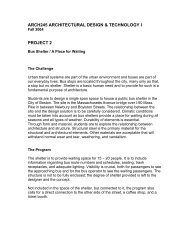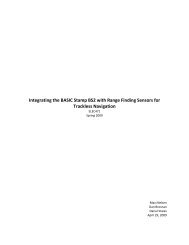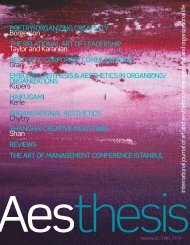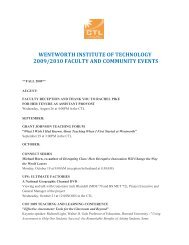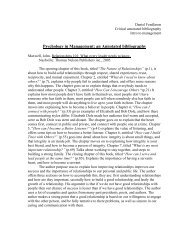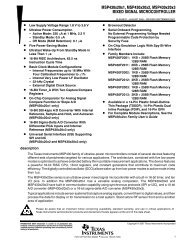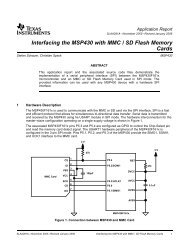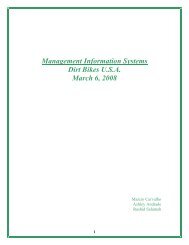Analog Circuit Design Laboratory Report - MyWeb at WIT ...
Analog Circuit Design Laboratory Report - MyWeb at WIT ...
Analog Circuit Design Laboratory Report - MyWeb at WIT ...
Create successful ePaper yourself
Turn your PDF publications into a flip-book with our unique Google optimized e-Paper software.
Analysis of an Inverting Amplifier and Measuring its ACL and Phase Shift:<br />
First, construction of the circuit seen in Figure 3 was done using color coded resistor<br />
values of 33-kΩ for Ri and 100-kΩ for Rf. The resistance of Ri was measured to be<br />
32.7-kΩ and Rf was measured to be 99.27-kΩ . A load resistor was added, and proved to<br />
have no effect on the output voltage. The circuit was wired to an input voltage of ±2V <strong>at</strong><br />
100Hz from the function gener<strong>at</strong>or and source voltages of VCC= +15V and VEE= -15V.<br />
The closed loop gain for the inverting amplifier could then be calcul<strong>at</strong>ed based on its gain<br />
equ<strong>at</strong>ion, see Equ<strong>at</strong>ion 7. The ACL was calcul<strong>at</strong>ed to be -3.036.<br />
An oscilloscope was used with channel 1 monitoring the input voltage and<br />
channel two monitoring the output voltage. A picture was taken of the results, see Figure<br />
19. The graph illustr<strong>at</strong>es th<strong>at</strong> when Vi goes positive, VOUT is neg<strong>at</strong>ive, or vise versa. VOUT<br />
is equal to ± Vs<strong>at</strong>, with its polarity dependant on the polarity of Vi.<br />
Figure 19- Oscilloscope picture of inverting amplifier<br />
27



